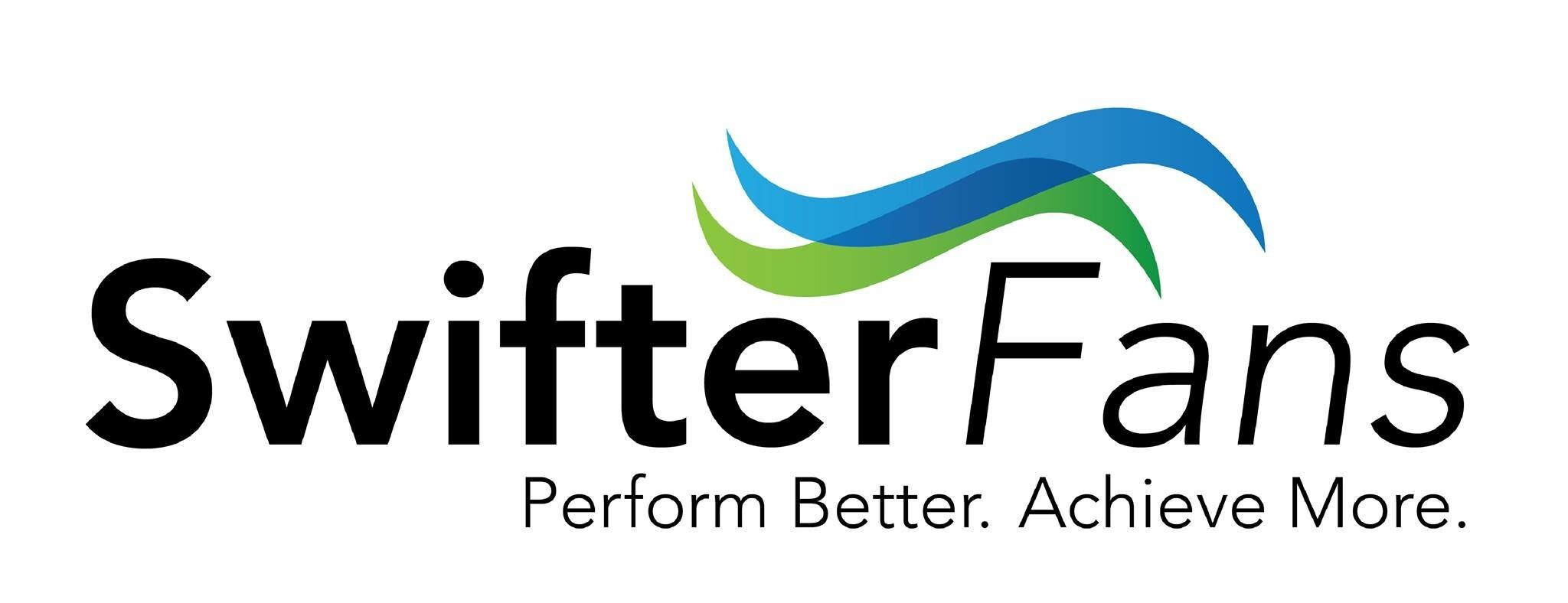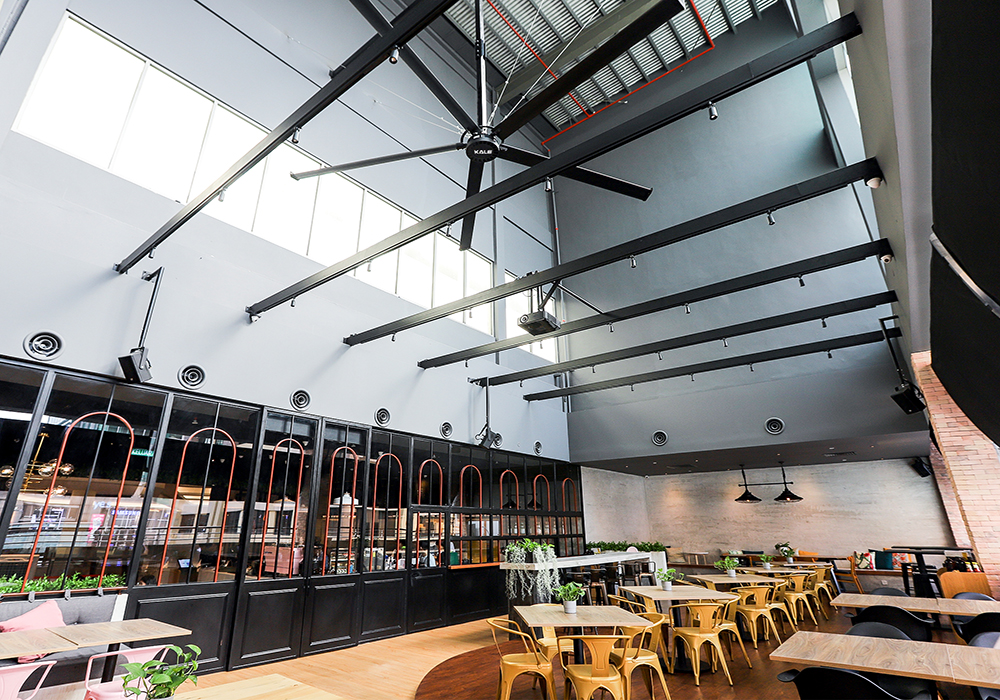Commercial ceiling fans play a crucial role in maintaining a comfortable and productive environment in various business settings. They offer numerous benefits, from enhancing air circulation to reducing energy costs. In this guide, we will explore the best commercial ceiling fans available, their key features, and how to choose the right one for your needs.
What are Commercial Ceiling Fans?
Commercial ceiling fans are designed to provide efficient air circulation in large commercial spaces such as retail stores, offices, gyms, and restaurants. They are built to operate for extended periods, offer higher airflow, and are more robust compared to residential fans
Benefits of Commercial Ceiling Fans
Energy Efficiency
Commercial ceiling fans help reduce energy consumption by enhancing the effectiveness of HVAC systems, leading to significant cost savings.
Improved Air Circulation
These fans improve air movement, reducing hot spots and ensuring a uniform temperature throughout the space.
Cost Savings
By lowering the reliance on air conditioning, businesses can save on energy bills and maintenance costs.
Enhanced Comfort and Productivity
Better air circulation improves indoor air quality, creating a more comfortable environment for employees and customers, thus increasing productivity and satisfaction.
Key Features to Look for in Commercial Ceiling Fans
When selecting a commercial ceiling fan, consider the following features:
- Blade Material and Design: Durable materials like aluminum or steel and aerodynamic designs enhance efficiency.
- Motor Power and Efficiency: High-quality, energy-efficient motors ensure powerful performance and longevity.
- Size and Coverage Area: Choose a fan that matches the size of your space for optimal air distribution.
- Durability and Build Quality: Commercial fans should be robust enough to withstand demanding environments.
Factors to Consider When Choosing a Commercial Ceiling Fan
Space Size and Ceiling Height
Ensure the fan you choose can effectively cover the size of your space. Larger areas may require multiple fans or larger blade spans.
Climate and Usage Environment
Consider the environmental conditions where the fan will be used. Outdoor or humid environments may require specially rated fans.
Installation and Maintenance Requirements
Choose a fan that is easy to install and maintain to minimize downtime and operational costs.
Budget Considerations
Balance initial investment with long-term savings from reduced energy costs and increased productivity.
Installation Tips for Commercial Ceiling Fans
Pre-installation Checks and Preparation
Evaluate the structural integrity of the ceiling, ensure adequate electrical supply, and review manufacturer guidelines.
Step-by-Step Installation Guide
- Mount the Bracket: Securely attach the mounting bracket to the ceiling.
- Install the Downrod: Attach the downrod to the motor housing.
- Connect the Wiring: Safely connect the electrical wiring as per the instructions.
- Attach the Blades: Install the blades securely to the motor.
- Test the Fan: Ensure the fan operates smoothly and make necessary adjustments.
Safety Precautions
- Follow all manufacturer guidelines.
- Use appropriate safety gear.
- Consider hiring a professional if needed.
Maintenance and Care
Routine Maintenance Tips
- Regularly clean the blades and motor housing.
- Check and tighten all connections.
- Lubricate moving parts as needed.
Common Issues and Troubleshooting
- Vibration or Noise: Check for loose screws or imbalanced blades.
- Reduced Airflow: Clean the blades and check for obstructions.
- Electrical Issues: Ensure proper wiring and contact an electrician if necessary.
Increasing the Lifespan of Your Fan
Regular maintenance and prompt repairs can extend the lifespan of your commercial ceiling fan.
Energy Efficiency and Cost Savings
How Commercial Ceiling Fans Save Energy
By improving air circulation, these fans can reduce the need for air conditioning, leading to lower energy consumption.
Comparing Energy Consumption with Other Cooling Systems
Commercial ceiling fans typically consume less energy compared to HVAC systems, offering a more cost-effective solution for large spaces.
Calculating Long-term Savings
Consider the reduced energy bills, lower maintenance costs, and increased productivity when calculating the total cost of ownership.
Applications of Commercial Ceiling Fans
Retail Stores
Improve air circulation and create a comfortable shopping environment.
Offices
Enhance employee comfort and productivity by maintaining consistent temperatures.
Gyms and Fitness Centers
Provide better air movement in workout areas, ensuring a comfortable environment for patrons.
Restaurants and Cafes
Ensure a pleasant dining experience by maintaining optimal indoor air quality.
Future Trends in Commercial Ceiling Fans
Technological Advancements
Expect innovations such as smart controls, IoT integration, and more efficient motors.
Market Trends and Predictions
Growing demand for energy-efficient solutions is driving the market for advanced commercial ceiling fans.
Government Regulations and Standards
Relevant Regulations for Commercial Ceiling Fans
Ensure compliance with local regulations regarding electrical installations and energy efficiency.
Compliance and Safety Standards
Adhere to safety standards such as OSHA guidelines for workplace installations.
Conclusion
Choosing the right commercial ceiling fan can significantly impact your business’s energy efficiency, comfort, and productivity. By considering factors such as space size, climate, and budget, you can find the best fan to meet your needs.

